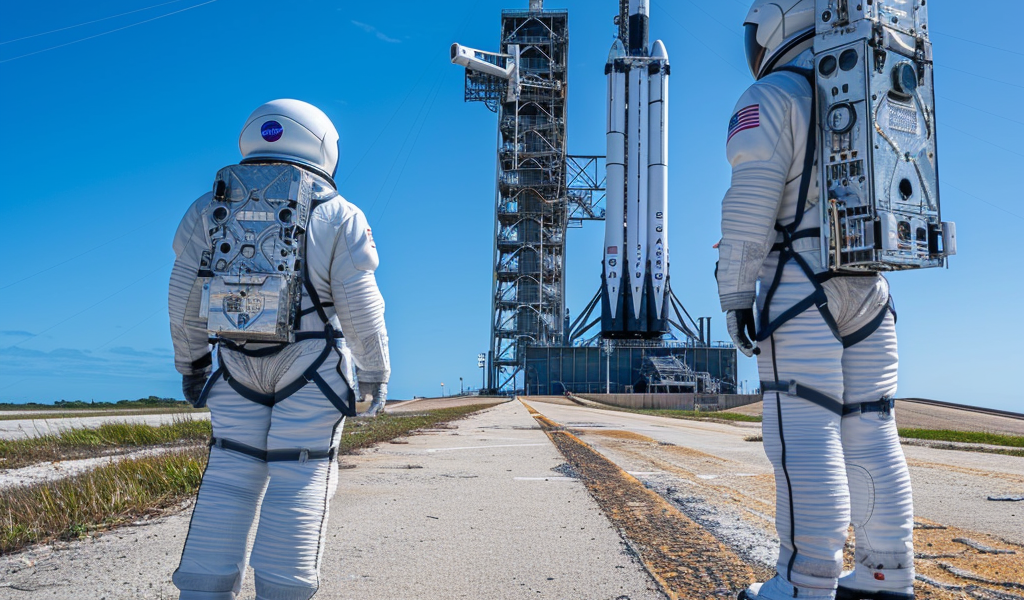Boeing and NASA have announced their decision to move forward with the much-anticipated crewed launch of the Starliner spacecraft, a significant milestone in space exploration. The Starliner capsule, developed by Boeing as part of NASA’s Commercial Crew Program, is finally ready to embark on its inaugural crewed mission.
After facing numerous delays and challenges during test flights, the Starliner spacecraft is scheduled to launch from Florida on May 6, carrying NASA astronauts Suni Williams and Butch Wilmore to the International Space Station. This launch is poised to be a historic moment for the Starliner program, which has overcome various obstacles to reach this point.
Mark Nappi, the vice president and Starliner program manager at Boeing, acknowledged the difficulties faced during the design and development process, particularly with a human space vehicle. Despite the challenges, the team has persevered and is now prepared for the upcoming mission.
Boeing and NASA officials confirmed the decision to proceed with the launch attempt in less than two weeks, emphasizing that the timing is based on readiness rather than a fixed deadline. The successful launch of the Starliner will see it joining SpaceX’s Crew Dragon spacecraft in conducting regular missions to the space station, ensuring a continuous human presence in space.
The collaboration between SpaceX and Boeing under NASA’s Commercial Crew Program has been instrumental in advancing crewed space missions. Both companies were tasked with developing spacecraft to support NASA’s objectives, with the goal of having multiple options for transporting astronauts to space.
NASA Administrator Bill Nelson described the upcoming Starliner mission as a historic event, highlighting the significance of the current era of space exploration. The ability to have both Crew Dragon and Starliner operational simultaneously fulfills a long-standing objective for the US space agency.
While SpaceX’s Crew Dragon has been conducting missions independently for several years, the addition of Boeing’s Starliner will provide a valuable backup option, ensuring continuity in crewed spaceflights. The partnership between NASA and private industry contractors has paved the way for advancements in space technology and exploration.
As the launch date approaches, anticipation is high for the success of the Starliner mission and the continued progress in human spaceflight. The collaboration between Boeing, NASA, and SpaceX signifies a new chapter in space exploration, with exciting possibilities on the horizon.





